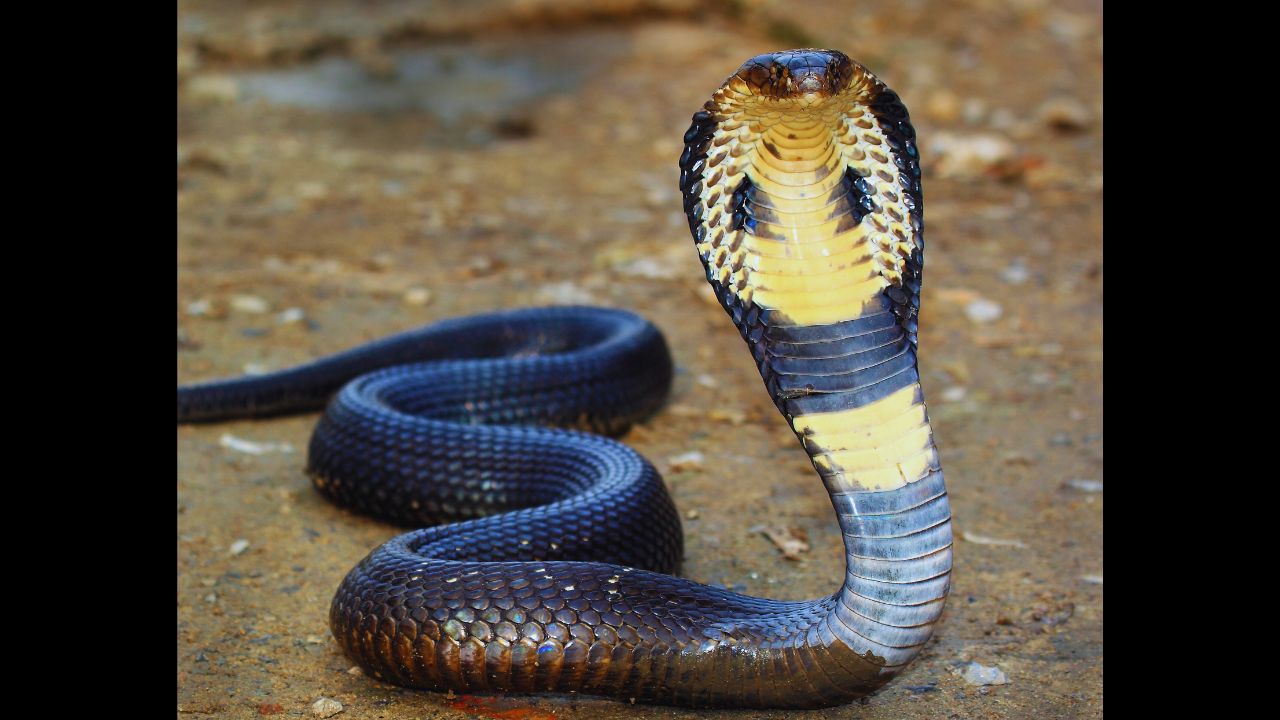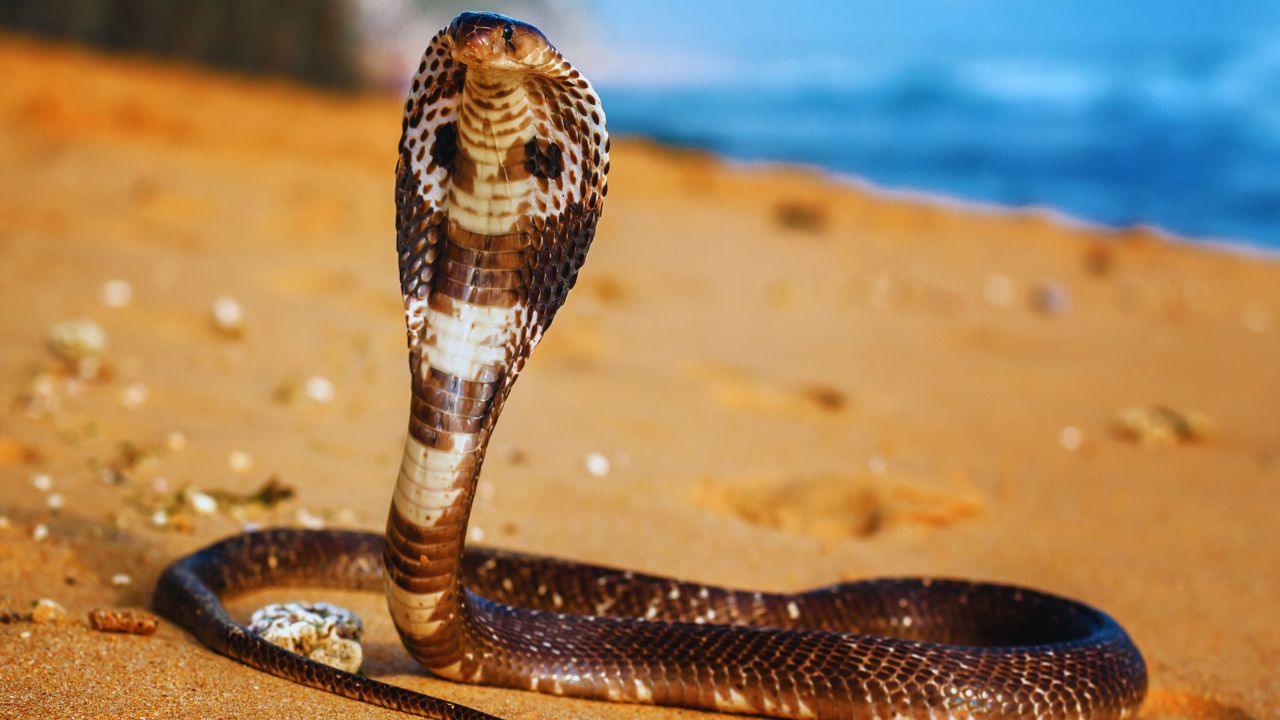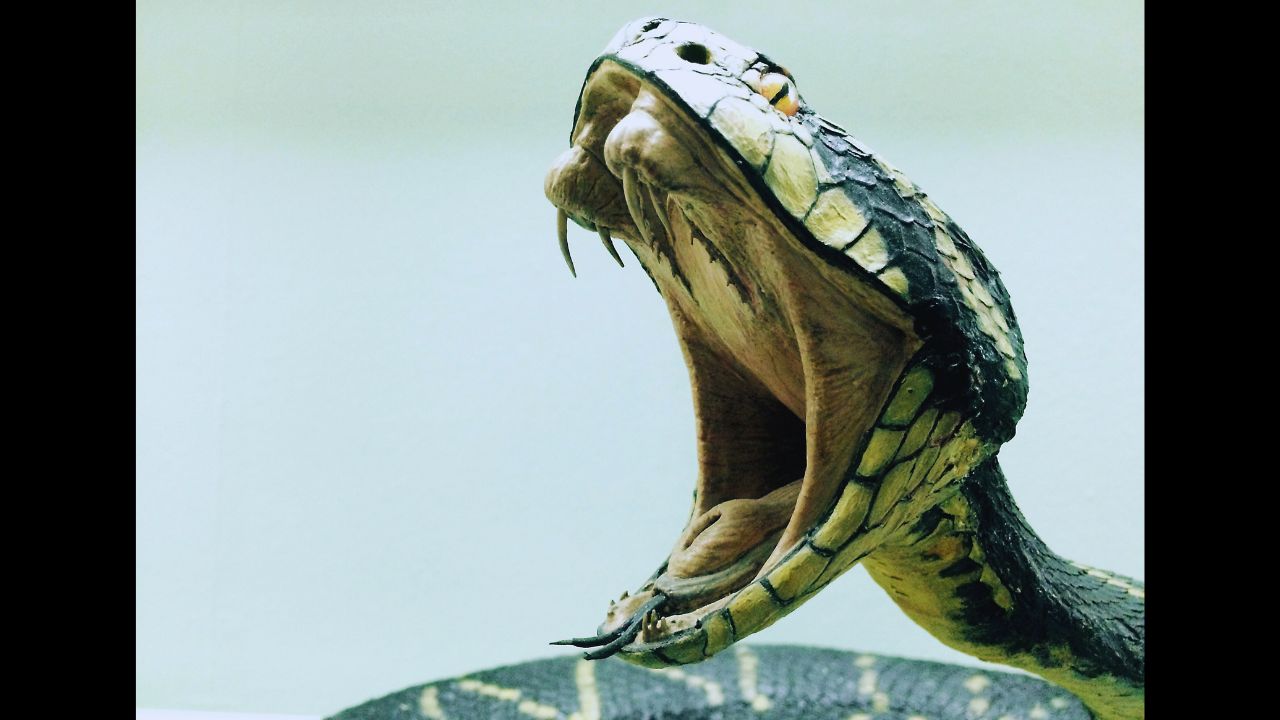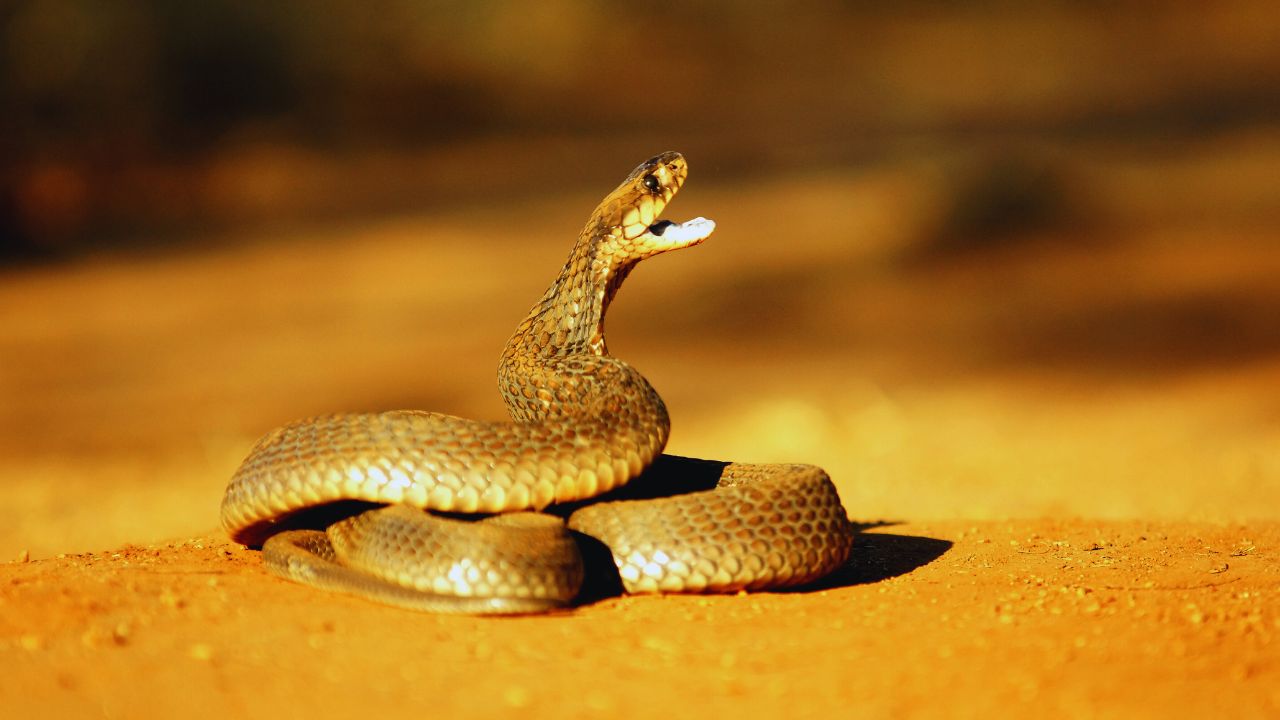Fascinating and powerful, the snouted cobra (Naja annulifera) draws attention with its unusual look and traits. A prominent member of the Elapidae family, which also includes other famous cobras and poisonous snakes, this species is distinguished by its extended snout and amazing size. For both herpetologists and snake aficionados, the snouted cobra’s unique physical characteristics, strong venom, and behavior pique significant curiosity.
General Overview of the Snouted Cobra
| Aspect | Details |
|---|---|
| Scientific Name | Naja annulifera |
| Common Name | Snouted Cobra |
| Family | Elapidae |
| Size | 1.5 to 2.5 meters (5 to 8 feet), some can grow longer |
| Habitat | Savannas, grasslands, semi-deserts, coastal forests |
| Geographical Range | Southern Africa (South Africa, Botswana, Mozambique, Zimbabwe, Eswatini) |
| Behavior | Diurnal, can be crepuscular; solitary except during mating season |
| Venom Type | Neurotoxic and cytotoxic |
| Conservation Status | Not endangered, but faces threats from habitat destruction and human conflict |
Habitat and Distribution
Mostly prevalent in southern Africa, the snouted cobra ranges across nations including South Africa, Botswana, Mozambique, Zimbabwe, and Eswatini. From semi-deserts and coastal woods to savannas and grasslands, this species finds habitat across a range. The snouted cobra’s evolutionary success is shown by its ability to fit several surroundings.
In these environments, the snouted cobra favors places with access to water sources because, particularly in dry seasons, it frequently depends on hydration. Furthermore, often found close to human areas, the snake may hide in burrows, termite mounds, or abandoned buildings. Sometimes this closeness to human life results in interactions that could be hazardous for the snake as well as for people.

Physical Features
The unique physical characteristics of the snouted cobra help one to recognize it. Though some individuals may grow even longer, adults of this one of the biggest cobra species usually reach lengths of 1.5 to 2.5 meters (about 5 to 8 feet). Strong and strong, the snake’s physique helps it to move quickly and with agility when needed.
The snouted cobra is distinguished mainly by its extended snout, which lends the snake its common name. This quality sets it apart from other cobras and accentuates its original look. With pale undersides, the snake’s hue runs from dark brown to olive to grayish-brown. Dark stripes or crossbars on its body accentuate its unique appearance even further.
Like other cobras, the snouted cobra has a hood—a flap of skin that the snake may enlarge upon feeling danger. This hood and the straight stance of the snake when it is protective provide a frightening presentation frequently sufficient to discourage possible predators or dangers.

Physical Characteristics and Behavior
| Feature | Description |
|---|---|
| Distinctive Physical Features | Elongated snout, dark brown to olive or grayish-brown coloration, presence of dark bands |
| Size | Large, with lengths of 1.5 to 2.5 meters |
| Hood | Expandable flap of skin used for defensive display |
| Activity | Primarily diurnal, may shift to crepuscular activity in hot regions |
| Defensive Behavior | Expands hood, stands upright, delivers venomous bite if threatened |
| Reproductive Behavior | Males engage in combat (“cobra dances”) for mating rights |
| Egg Laying | Lays 10-30 eggs in secluded areas; eggs incubate for 2-3 months |
| Swimming Ability | Good swimmer, often found near water bodies |
A Powerful and Useful Weapon
Mostly affecting the neurological system of its prey or a bitten victim, the venom of the snouted cobra is rather strong and neurotoxic. The neurotoxins interfere with the normal operation of neurons, causing paralysis, breathing problems, and—should treatment be neglected—death. Cytotoxins included in the venom also induce tissue damage and necrosis where the bite occurs.
Though its venom is strong, the snouted cobra usually tries to flee rather than attack people and is not usually hostile to them. The snake will fiercely defend itself, however, if confronted or threatened, inflicting a bite that may be lethal without quick medical attention.
Small mammals, birds, amphibians, and other reptiles are among the vast spectrum of creatures that the venom of the snake mostly helps to subdue. Using both active and ambush hunting techniques to seize its victim, the snouted cobra is a competent predator. The venom strikes fast to paralyze the victim once it is struck, therefore enabling the snake to eat it without opposition.

Ecology and Behavior
As a diurnal species—that is, active throughout the day—the snouted cobra In areas where temperatures rise, however, it may become crepuscular—more active in the colder portions of the day—morning and evening. This behavioral flexibility enables the snake to control its body temperature and evade the strong heat of the African sun.
Behavior-wise, the snouted cobra is regarded as intelligent and vigilant. Apart from the breeding season, when males may fight for the attention of females, this is a solitary species. Often referred to as “cobra dances,” these battles include the men entwining their bodies and attempting to drive one another to the ground, with the winner obtaining mating chances.
The snouted cobra has a remarkable reproductive cycle. Following mating, females deposit a clutch of eggs—typically between 10 and 30—in a quiet, secure habitat, perhaps a burrow or undergrowth. Reliant on external heat to grow, the eggs are allowed to incubate on their own. Two to three months later, the eggs hatch and the young, totally autonomous snakes show up to start their life.
Fascinatingly, the snouted cobra is a strong swimmer; it is usually located close to water sources where it may pursue aquatic food or cool off. Its flexibility in both terrestrial and aquatic habitats emphasizes even more this characteristic of this species.

Problems and Efforts at Protection
Though not formally classified as endangered, the snouted cobra has various difficulties in its native environment. The species is seriously threatened by habitat damage brought on by urbanization, agriculture development, and deforestation. Furthermore, human persecution motivated by fear and misinterpretation of snakes causes many people to be killed without need.
Efforts at conservation for the snouted cobra center on habitat protection, education, and lowering of human-wildlife conflict. Conservationists want to lower the frequency of snakebites and needless deaths by preserving the natural habitats where these snakes reside and teaching nearby populations the ecological value of cobras.
Conservation and Cultural Significance
| Aspect | Details |
|---|---|
| Conservation Challenges | Habitat destruction due to agriculture, urbanization, deforestation; human persecution |
| Conservation Efforts | Habitat preservation, education, reducing human-wildlife conflict |
| Cultural Significance | Revered and feared in African cultures, associated with power, protection, and danger |
| Scientific Interest | Studied for behavior, venom composition, ecological impact; venom research for medical uses |
| Role in Ecosystem | Predator of small mammals, birds, and reptiles; helps maintain ecological balance |
In Science and Culture
The scientific and cultural histories of the areas the snouted cobra lives in put it in position. Often connected with power, protection, and danger, the snake is respected and feared in equal measure in several African societies. Local communities’ interactions with the species have been shaped by these cultural impressions, which sometimes result in protective policies but can cause conflict.
Scientifically, the snouted cobra is a topic of active study. Herpetologists examine its behavior, venom composition, and ecological effects in order to better know the species and create workable conservation plans. Particularly the venom of the snake has attracted attention in medical research as investigations on its possible uses in various medical therapies and antivenums concentrate on them.

The Function of the Snouted Cobra in the Ecosystem
A remarkable creature that is vital in the environments they live in is the snouted cobra. Controlling populations of tiny mammals, birds, and other creatures helps both predator and prey preserve the equilibrium of their surroundings. Its existence points to a healthy, functional ecosystem; hence, it is a species of great importance for protection.
Like other species, the survival of the snouted cobra depends on understanding and valuing it; so, the preservation of biodiversity depends on this too. Our respect of the complex network of life sustaining our planet grows as we keep researching and defending these species. With its distinctive traits and essential ecological function, the snouted cobra is a symbol of the rich natural legacy of southern Africa.





